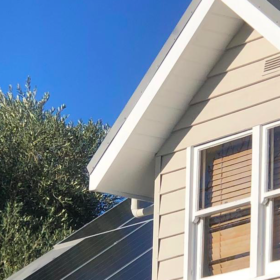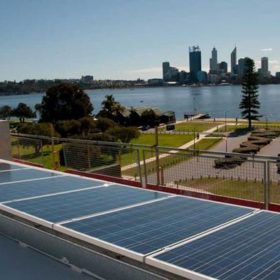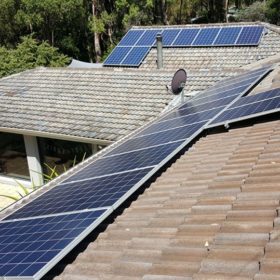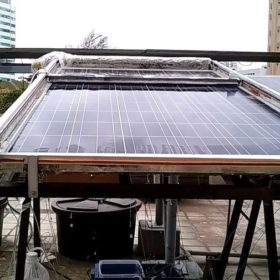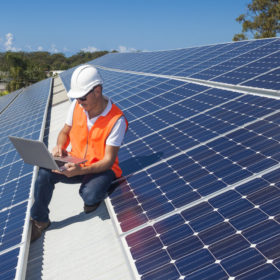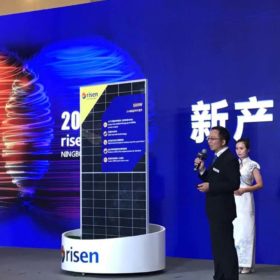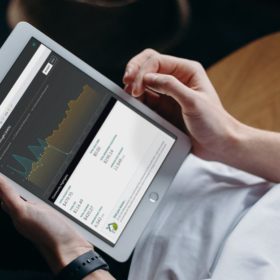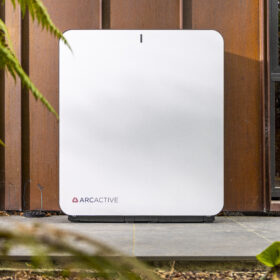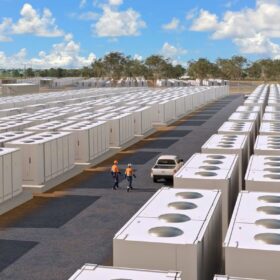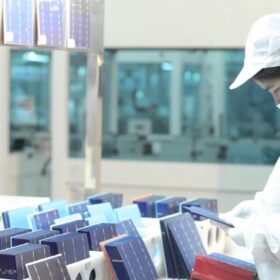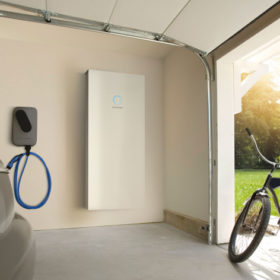Up to 50% rooftop segment decline likely
While the solar industry has shown great resilience in the face of Covid-19 shutdown, installations are set to decline sharply over the next year. While the residential segment looks set to bounce back, the small-commercial segment will be slow to recover.
Solar households can soon be charged for their exports
In its annual State of the Energy Market report, the Australian Energy Market Regulator has suggested that solar households should be asked to pay a network fee to be allowed to export energy to the grid.
“Australia’s last chance”: BZE publishes renewables powered Million Jobs Report
Every crisis is a crossroads, and Australia is certainly at a crossroads. This week, a host of climate, development and investment leaders are backing Beyond Zero Emission’s green scaffolded Million Jobs Plan of Covid-19 economic recovery.
Huge jump in installations using solar panel validation
The program designed to protect Australian consumers by making the identification of solar products easier is growing in popularity.
Self-cleaning PV system with active cooling tech
An international research group has developed a self-cooling PV system featuring a 250 W 60-cell polycrystalline module and a thermal collector attached to the back side of the panel. The cleaning tech is based on a microcontroller programmable integrated circuit, which controls a rotating DC motor.
CER reports significant decline in potentially unsafe PV systems
A very small number of PV systems installed on Australian rooftops are considered to be potentially unsafe, the Clean Energy Regulator’s new report finds. Water entering DC isolators is identified as the greatest risk and the most common cause of PV system failures.
Risen Energy signs 150 MW Australian distribution agreement
Chinese module supplier and project developer Risen Energy has signed its largest distribution agreement in Australia with One Stop Warehouse looking to bring new products to the market, including its ultra-high-power 500 Wp+ solar modules.
Blockchain P2P solar energy trading proves feasible and popular in world-first trial
An Australian government-backed trial of peer-to-peer (P2P) solar trading has demonstrated the potential of localized two-sided energy markets and blockchain technology to improve the energy system. However, current electricity tariff structures would need to be modified to realize the full stack of values that this technology has to offer.
South Australia’s rooftop solar could be switched off on the way to 100% renewables
Under a new plan to stabilize its grid, the South Australian State Government is providing $10 million to upgrade its voltage management and giving the green light to the Australian Energy Market Operator to stop its rooftop solar from feeding in when needed. The plan also highlights the importance “smart” PV and stronger network interconnection, primarily the new SA-NSW line a.k.a. Project EnergyConnect.
Solar proves a sanctuary from Covid-19 energy bill shock
Nationwide analysis from Natural Solar’s live monitoring systems shows a 105% increase in Aussie household electricity in Q1 2020 as compared to 2019, a spike resulting from the lockdown implications of the Covid-19 pandemic. However, many Australians, like the 100% of Mulpha’s ‘Smart City’ buyers in Sydney’s North-West, will be buffeted from bill spikes thanks to home solar and energy storage systems.
